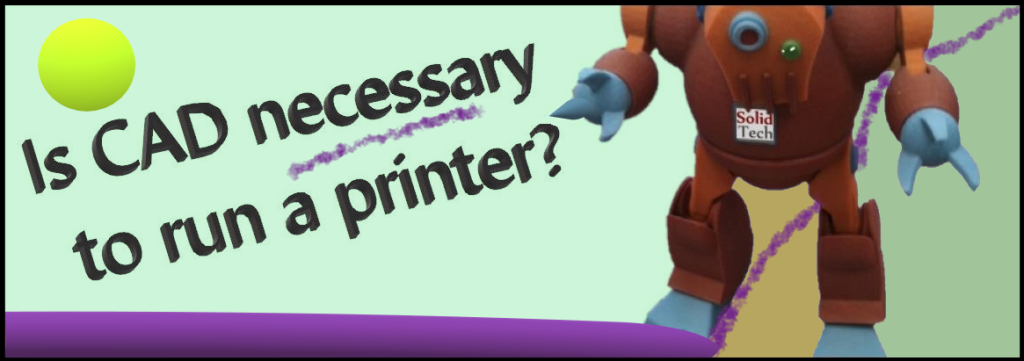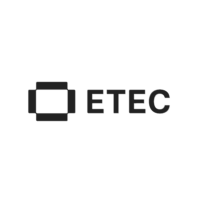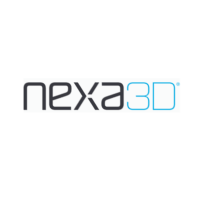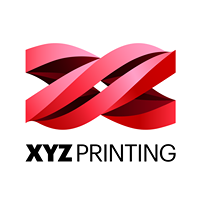Switch it up. Do it in Reverse
Rapid prototyping (RP) technology has undoubtedly had a major impact on manufacturing industries all over the world. This has much to do with the integration of reverse engineering and rapid prototyping to create a new replication process. Reverse rapid prototyping is an innovative process that gets products to the market faster than ever before. It completely resolves a long-standing conflict between design and manufacturing! That is what makes it so fascinating! RP technology was developed to meet the technological requirements of the manufacturing industry. Reverse rapid prototyping was developed to further enhance the technology.
CGI®, (Capture Geometry Internally) has 3D injection molded part dimensional accuracy systems that are the most technologically advanced in the world! CGI understands that while inspection is an important application for 3D scanning, reverse engineering is equally important to manufacturing industries. Reverse engineering is defined by CGI as “the process of capturing the geometry of physical objects for use in design and manufacturing applications.” It is more than simply copying a design; it also makes manufacturing of legacy, as built documentation, and digital archived parts possible. But what does that all mean for the every day user?
CGI specializes in Cross Sectional Scanning (CSS). The Cross-Sectional Scanning technology actually “cuts” a 1,000th of an inch layer before it scans, ensuring that the internal geometry is captured accurately. Cross Sectional Scanning is a unique process that delivers a full, accurate description of injection molded plastic and even soft metal parts. Reverse rapid prototyping, it is essential for a deep scan to reach internal cavities, deep channels and sharp corners. Inside the hardware there is actually a camera that takes a picture and saves the image on a computer. The images scanned in are about a million pixels per square inch. This technology is amazing!
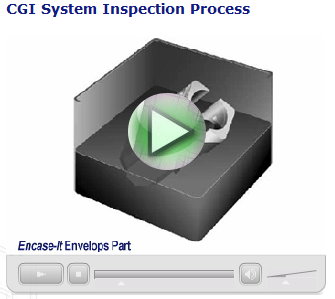
With an advantage over other scanning technologies, Cross Sectional Scanning delivers high definition data. What you end up with are images of a 3D point cloud from every that can be recreated into a physical model. Capturing both internal and external geometry from even the most complex parts, Cross Sectional Scanning always captures a complete 3D depiction of the part and not simply a collection of individual scans. That’s what makes this technology so cool! The point cloud generated is always free of noise and spikes. There is also no need to align the raw point cloud sets, saving time and avoiding error. It assuredly generates the densest point cloud in the industry.
Details on the Pearl 700 System:
| Item | Specs/Requirements |
| Inspection Envelope
Parts Materials Repeatability Layer Thickness Power Requirements Space Requirements Special Facility Requirements Software Operating System Support |
2.5 x 1.75 x 3.5 in.
Any Opaque Machine-able plastic ±.0127 mm or ±.0005 in. .002 in. 110-120 VAC 24 x 26 x 30 in. None CSS Scanning Software, Spec.Check Software Windows XP |


